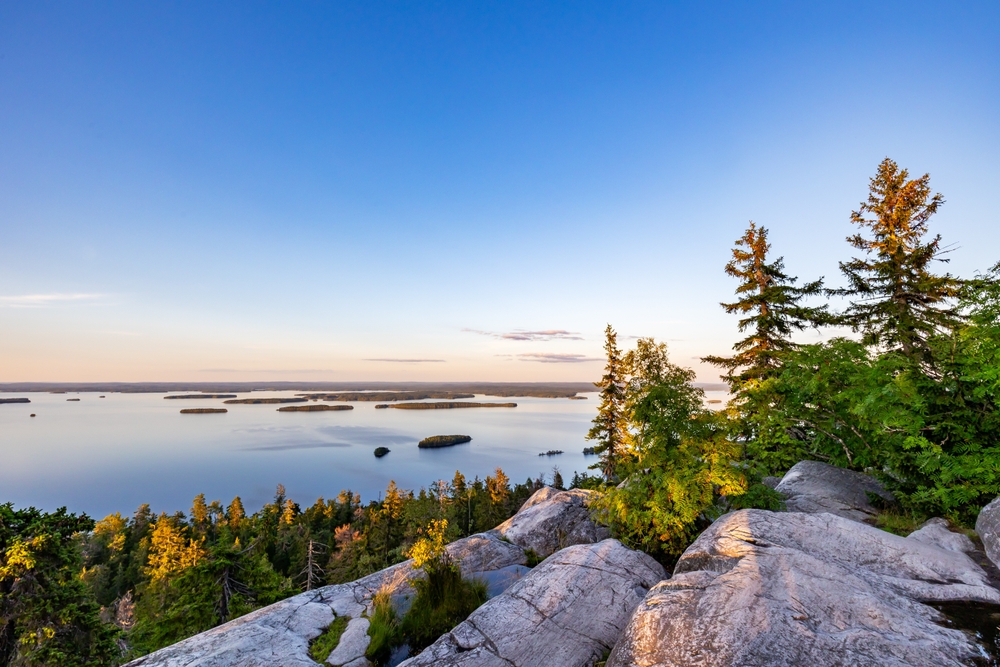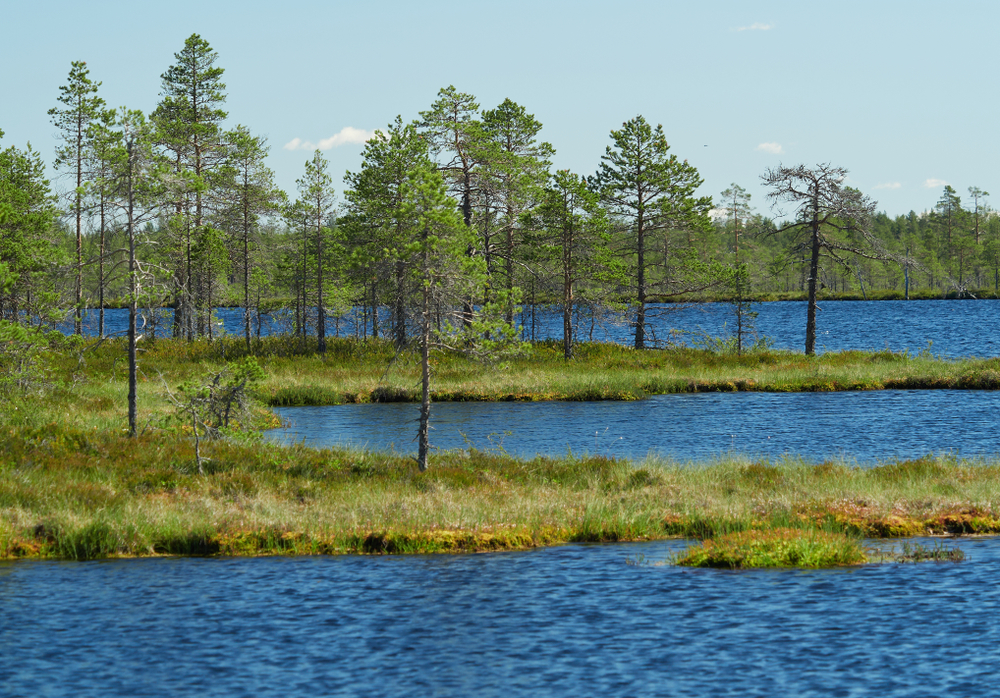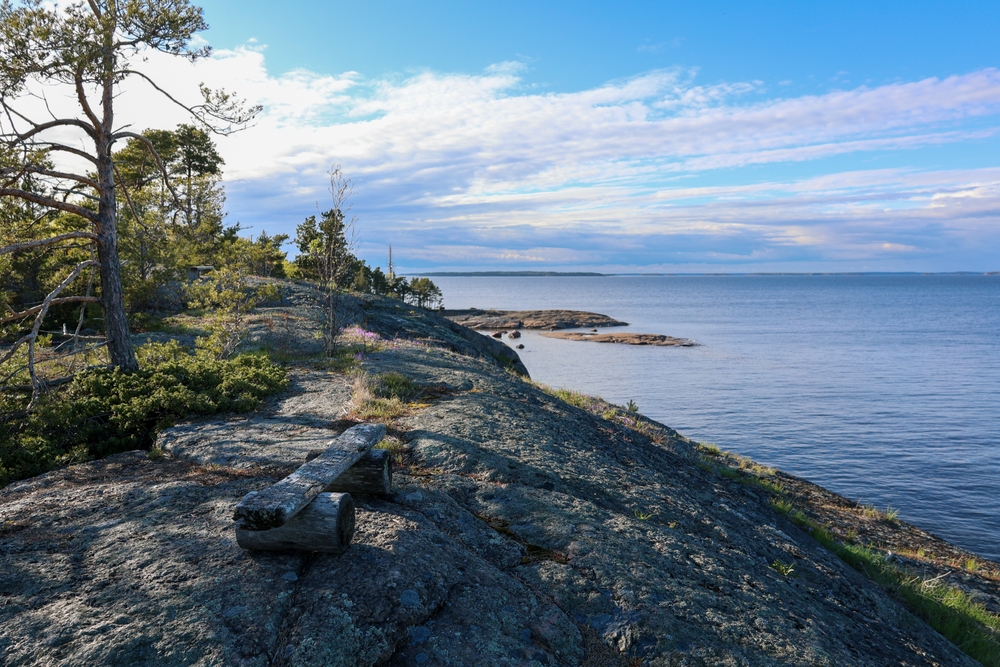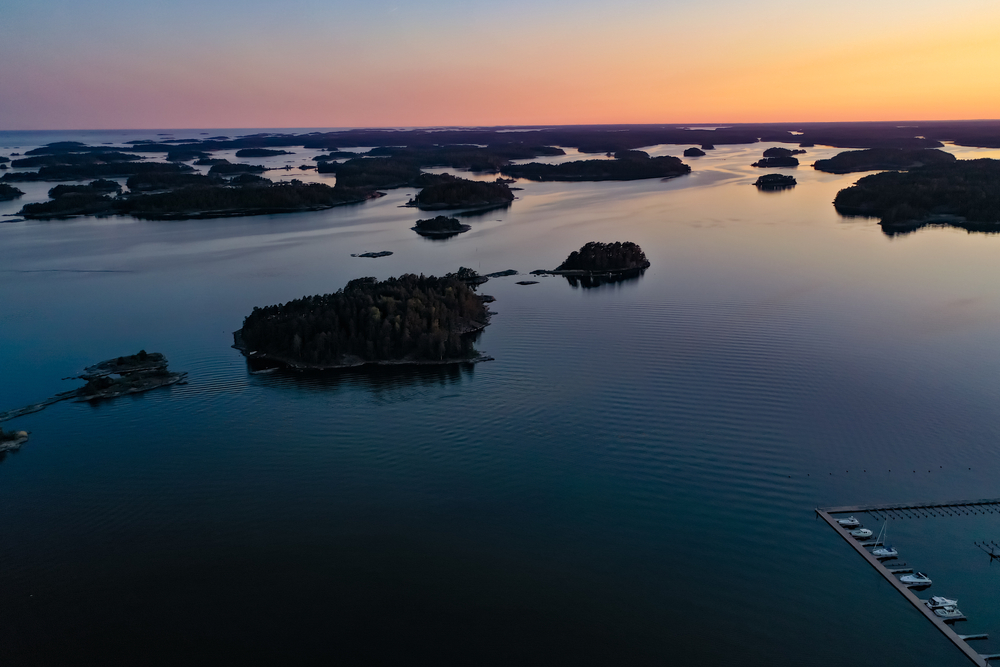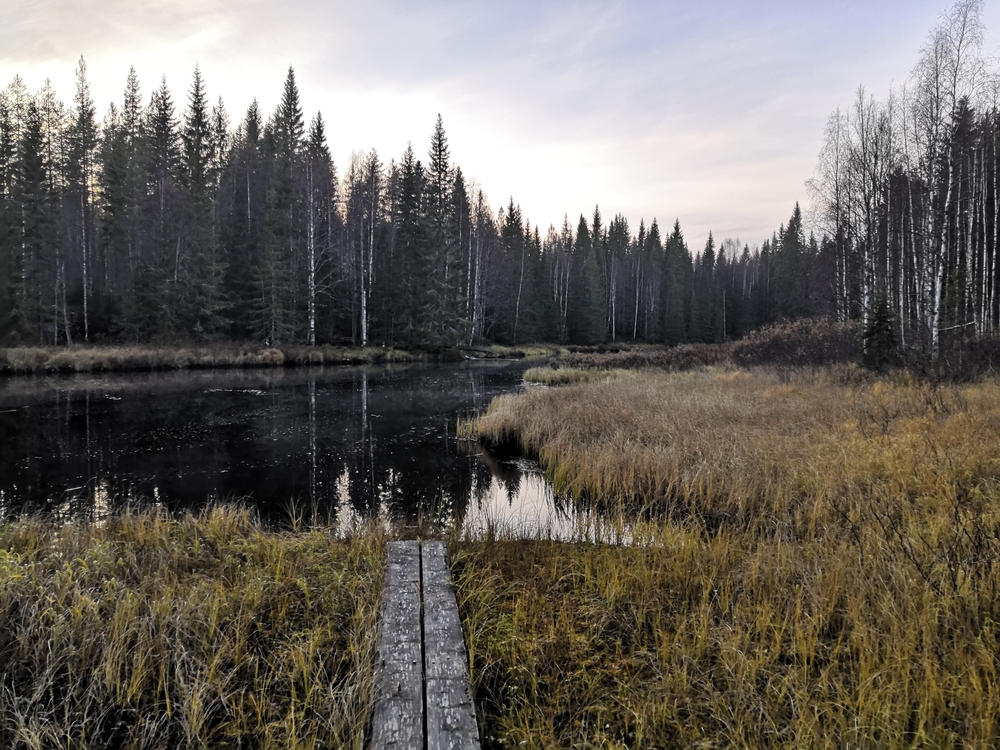Koli Overview
Koli National Park (Kolin kansallispuisto), located in eastern Finland in the North Karelia region, covers an area of approximately 12 square miles (30 square kilometers). This national park is situated near the western shore of Lake Pielinen and is known for its breathtaking landscapes, rolling hills, and stunning panoramic views that have inspired Finnish art and folklore for generations.
The park’s most famous feature is Ukko-Koli, the highest peak in the region, standing at 1,138 feet (347 meters) above sea level. From its summit, visitors can take in an awe-inspiring view of Lake Pielinen’s vast waters, dotted with islands and bordered by dense forests.
The terrain of Koli National Park is defined by its ancient bedrock, shaped over millennia by glacial activity. The landscape features rugged cliffs, deep forests, and serene meadows. Birch and pine forests dominate the park, interspersed with spruce trees and open heathlands.
In summer, the slopes are covered in wildflowers, while autumn transforms the park into a vibrant spectacle of red, orange, and yellow hues. The park’s old-growth forests provide a glimpse into Finland’s untouched natural heritage, with some areas showing signs of traditional slash-and-burn agriculture once practiced by early settlers.
Koli National Park is home to a diverse array of wildlife. The park’s forests shelter large mammals such as elk, lynx, and brown bears, though sightings of these elusive creatures are rare. More commonly seen are red foxes, mountain hares, and various small rodents.
Birdwatchers can enjoy the presence of species such as the black woodpecker, Eurasian eagle-owl, and western capercaillie, while the lake and wetland areas attract ospreys and whooper swans. During the summer months, the park’s meadows and forests come alive with butterflies, dragonflies, and other pollinators, adding to the rich biodiversity.
One of Koli National Park’s most popular attractions is its breathtaking viewpoints. The panoramic vistas from Ukko-Koli, Akka-Koli, and Paha-Koli are among the most photographed landscapes in Finland. These high vantage points offer spectacular views of Lake Pielinen, especially during sunrise and sunset when the sky is painted in warm hues.
The park also features cultural sites such as old farmsteads and re-created traditional meadows that highlight the region’s agricultural history. In the winter, Koli transforms into a snow-covered wonderland, attracting cross-country skiers and snowshoers who traverse its well-maintained trails.
Visitors can engage with Koli National Park in a variety of ways. Hiking is a major draw, with trails ranging from short scenic walks to longer treks that take visitors deep into the wilderness. The popular Herajärvi Trail, a multi-day hiking route, provides an immersive experience through the park’s forests and hills.
In the summer, Lake Pielinen offers opportunities for canoeing, kayaking, and fishing, while the park’s slopes become a playground for skiers and snowboarders in the winter. Guided nature tours, including photography workshops and wildlife tracking, allow visitors to gain a deeper appreciation of the park’s unique ecosystem.
Koli National Park has faced conservation challenges over the years, including balancing tourism with the need to protect its fragile ecosystems. However, Finland’s strict environmental regulations and park management strategies have helped preserve its natural beauty.
The park is part of the European Natura 2000 network, which ensures the protection of its habitats and species. Ongoing efforts include reforestation projects, the maintenance of traditional meadows to support biodiversity, and sustainable tourism initiatives that encourage eco-friendly practices among visitors. Thanks to these efforts, Koli National Park continues to be a pristine sanctuary where nature and culture intertwine harmoniously.








































































